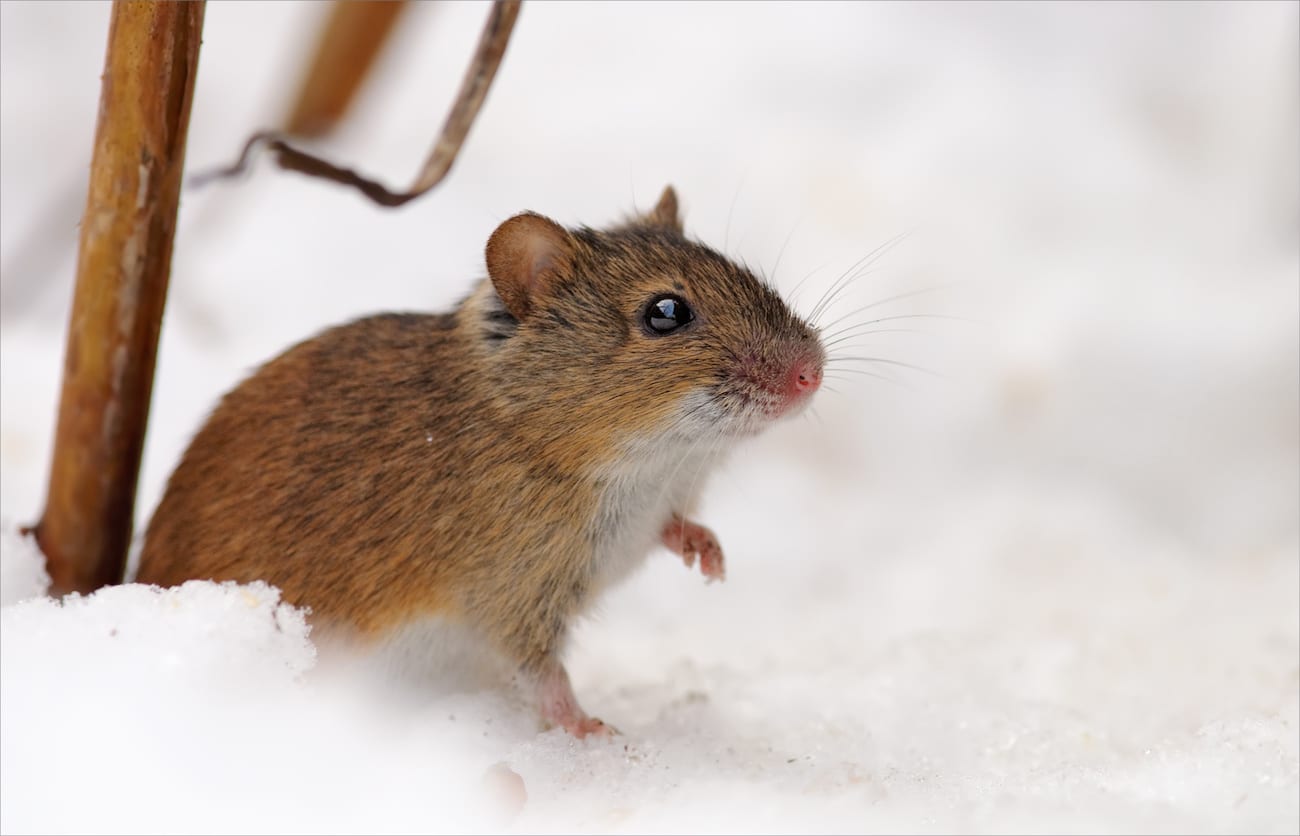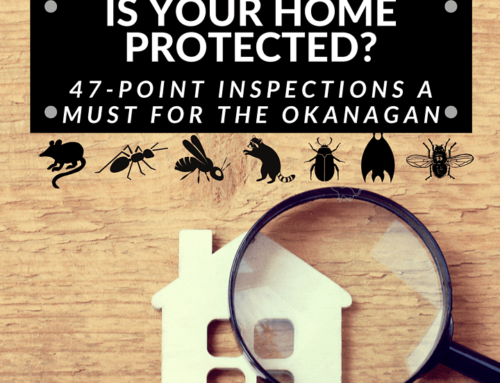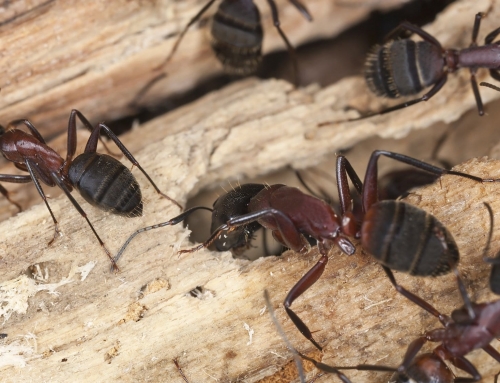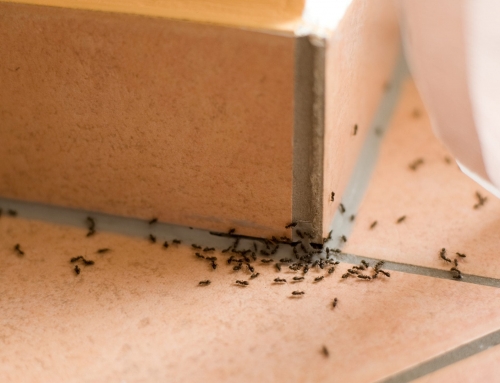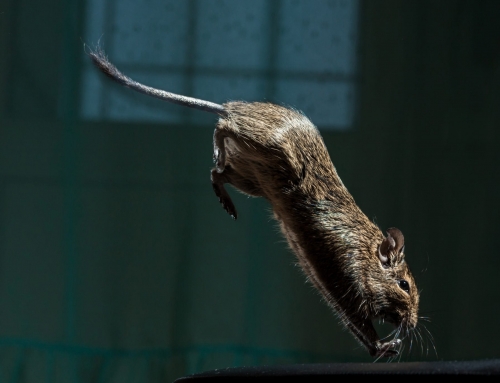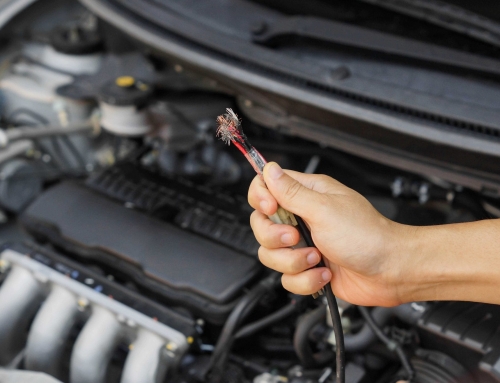As summer slips away from us in Kelowna, we can begin to get excited about all the activities and holidays that come with the cooler months ahead. Thanksgiving and Christmas will bring all of our family and friends into our homes, where food, warmth and laughter will be shared by all.
We all have one or two family members that we are less than excited to have over for the holidays, however family is family, and they will continue to get an invitation year after year. We can put up with these guests, but what about those that show up uninvited? When the snow begins to fall, there is a whole group of hungry visitors that will want to come indoors and share in the warmth of your fire. These little guests are harder to uninvite than your boisterous uncle and believe it or not, they are even hungrier and hairier. There are a few different types of these unwanted visitors but they all fall under the same category- rodents.
Rodent Movement Signaled by Kelowna’s Colder Weather
Here in Kelowna, we become disappointed when the cold temperatures arrive as we must put a stop to our lake activities, but the rodents become sour because they can’t find enough food. Rodents are driven by the same basic wants and desires as us; they need to be warm, safe and well fed. When the elements become frigid and food becomes scarce, rodents will turn their attention to your home, which is cozy location for them to raise a family and is also full of easy to access snacks. The Bugmaster team has witnessed the massive destruction rodents can cause if allowed into a home, so we have collected the top six tips for keeping rodents out of your living space this fall. Read on to keep your home rodent free!
1.Inspect the Foundation
The entire perimeter of your foundation should be inspected often. Any small crack, gap or hole looks like a welcoming back door to a hungry rodent. Rodents are naturally designed to burrow and fit into tiny holes, able to fit through any space that is 1/4 of an inch or larger. If a rodent can fit it’s skull through an opening, the rest will follow.
If you do come across any openings on the exterior of your property, they need to be sealed immediately. For smaller openings (2 inches or smaller), you can utilize a fine stainless steel mesh or expanding foam. For larger holes you should consider installing a piece of sheet metal or hardware cloth to keep your furry friends out, or consult with a foundation specialist to make a more permanent repair.
2. Seal Doors and Windows
Your doors and windows should be completely sealed, not only to keep rodents out, but to also keep your heating bills under control. A window with broken panels or screens can spell big trouble for the homeowner who is trying to keep their home rodent free. Replace any broken components and all weather stripping wherever applicable. When you are finished, there should be no gaps or holes that are any larger than 1/4 inches.
3. Lean out the Green
Do you have a lot of shrubbery or greenery around your home? Plants, bushes and shrubs that are close to, or touching your house can act as a rodent highway. They will use these areas to gain access to your home, utilizing the leaves and branches as protection from predators that would normally keep them at bay. Get your trimmers out and cut back this greenery, relocating any large bushes that could cause issues in the future.
4. Utility and Pipe Entry Points
While a rodent may have to work a little to squeeze into a small crack or hole in the foundation, if there is a pipe that leads directly into your home, they can stroll in with ease! Any pipes, gaps in drywall or vents must be properly sealed or protected. Of course, some openings cannot be fully sealed, such as the dryer vent, but they can often be guarded with mesh wiring.
5. Bird Seed Acts as a Rodent Appetizer!
Having a few brilliantly coloured birds around during the fall and winter months can be a pleasant sight for a homeowner, however, if you are feedings the birds, you are also feeding the rodents. A rodents palate is not very developed, and they won’t discriminate when it comes to food sources. If a rat or mouse is struggling to find a few scraps of food in the snow and stumbles upon an “all you can eat birdseed buffet“, they will be sure to stick around. The same rules apply for pet food. If you have a cat or dog that spends a large amount of time outdoors, ensure that they are always brought in to eat and never leave a bowl of food outside.
If you have rodents waiting around for you to put bird seed or cat food out, they will explore the surrounding area (i.e. your home) for additional sources of food and shelter.
6. Rodent Proof the Roof
Many homeowners forget about their roof when they are rodent proofing their home. Rodents are master climbers and will scale great heights to find access to warmth and food. Inspect the entire surface of the roof, searching for damaged or missing shingles. Over the summer, raccoons or squirrels may have made an attempt to access your attic, which would now be the perfect pathway for hungry mice or rats.
Pay attention to the spots where the roof meets the chimney. This transitional area can create gaps in the roof which rodents will dig at until they gain access to your home. When it comes to the actual chimney, installing a mesh chimney cap is a great idea to keep all sorts of animals out, which can also be a fire hazard.

